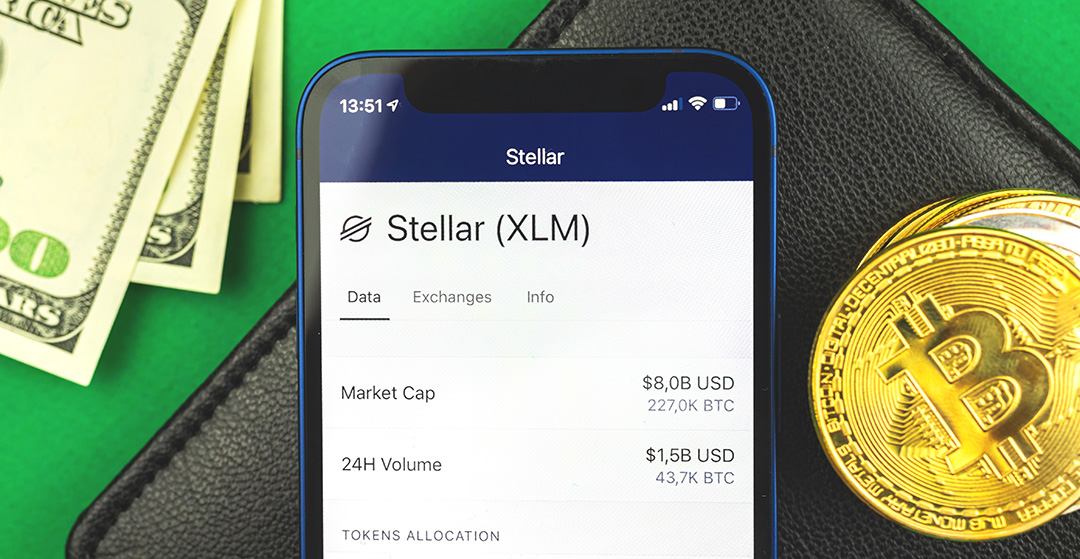Cryptocurrency has become an intriguing and widely discussed topic among investors. Despite its volatility, the allure of high returns and the opportunity for diversification has piqued investor interest. Among the multitude of crypto coins available in the market, XLM (Stellar Lumens) and XRP (Ripple) are two that have consistently drawn attention for their unique value propositions and strong market presence. This article aims to compare XLM and XRP and argue why both can be considered excellent crypto investments.
Overview
XLM (Stellar Lumens)
Stellar is an open-source, decentralized blockchain platform focused on enabling fast and cheap cross-border transactions. Stellar’s native cryptocurrency, XLM or Stellar Lumens, aims to fill the gap between different currencies and financial systems. It connects banks, financial institutions, and consumers, facilitating seamless transactions.
XRP (Ripple)
Ripple is another player in the cross-border payment scene, but it differs in approach and structure. Ripple is both a platform and a currency, and its XRP Ledger has a currency called XRP, which is designed to allow for quick conversion between different currencies. Ripple aims to enable “secure, instantly and nearly free global transactions of any size with no chargebacks.”
Technology
Stellar’s Consensus Algorithm
Stellar uses the Stellar Consensus Protocol (SCP), designed to provide faster transactions while maintaining a high level of security.
Ripple’s Consensus Algorithm
Ripple uses the XRP Ledger Consensus Algorithm, which involves validators that agree on the order and validity of XRP transactions.
Speed and Transaction Cost
- XLM: Stellar’s transactions confirm in seconds, and the cost is minuscule, usually less than a penny.
- XRP: Similarly, XRP transactions confirm in 3-5 seconds, and the cost is also trivial, making it affordable for large transaction volumes.
Regulatory Compliance
- XLM: Stellar emphasizes being an open network for storing and moving money and is generally not considered a security, which might provide some insulation against regulatory clampdowns.
- XRP: Ripple has faced scrutiny over whether XRP is a security or not, but despite this, its services have gained acceptance among various financial institutions.
Investment Potential
Scalability
Both networks are optimized for high scalability, ensuring they can handle increasing transaction loads as they grow, making them robust options for long-term investments.
Market Partnerships
- Stellar: Partnerships with big names like IBM and its World Wire network, along with numerous financial institutions and fintech startups, make Stellar a strong player.
- Ripple: With over 300 financial institutions using Ripple’s payment protocol, its foothold in the market is solid. Companies like American Express and Santander are already onboard.
Community and Developer Support
Both XLM and XRP enjoy robust community support and active development, further enhancing their investment potential.
Conclusion
Both XLM and XRP offer unique advantages:
- XLM focuses on open-source, universal accessibility, with impressive transaction speed and low costs.
- XRP, while proprietary, has built a strong network of financial institutions and offers similar advantages in terms of speed and cost.
Their differences make them complementary rather than mutually exclusive investment options. Diversifying your crypto investments across both could mitigate risks and offer well-rounded exposure to the cross-border payment solutions market.
Disclaimer: Cryptocurrency investments are subject to high market risks, including volatility and potential loss of capital. This article does not constitute financial advice. Always conduct your research and consult with a financial advisor before investing in cryptocurrencies.

Leave a Reply